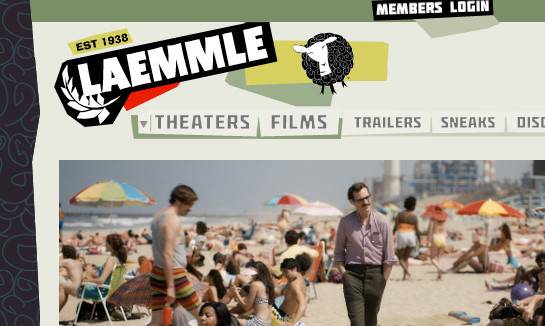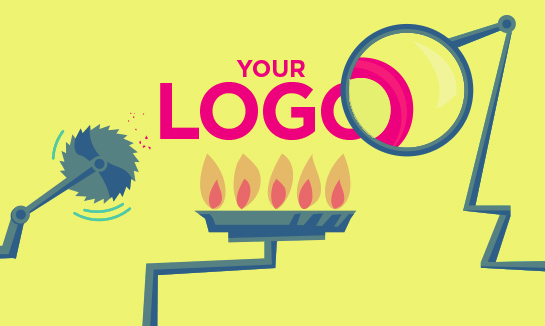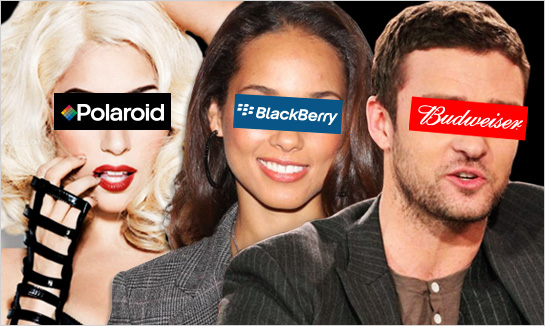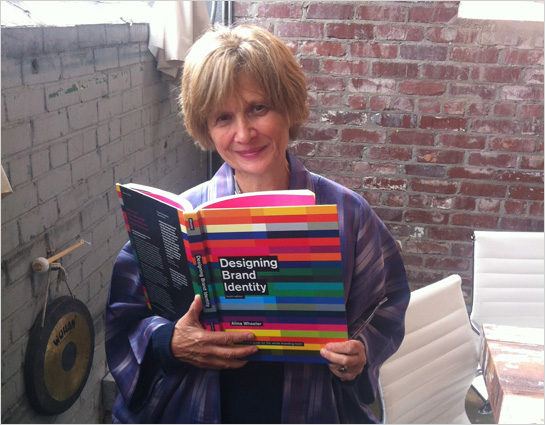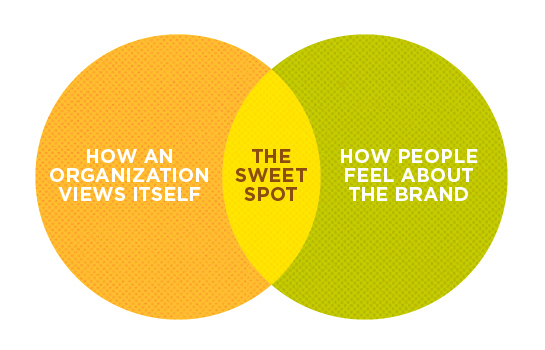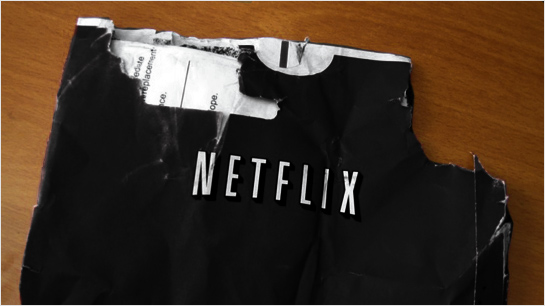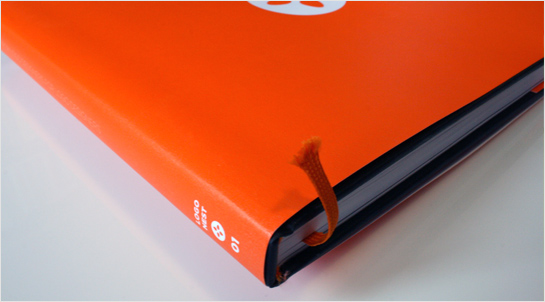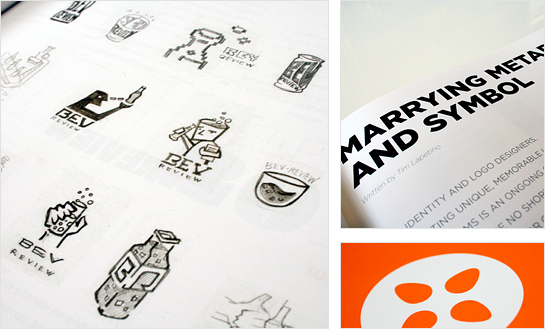At Hexanine, we believe it’s important to help nurture the next generation of designers, and that’s why we’re involved in mentorship and teaching. Also, we benefit from brushing up against the passion and growth of young designers, and find we get almost as much out of the experience as our students. To that end, we also like to occasionally showcase the standout work of our students here at our blog.
So, as part of Tim’s Brand Standards and Identity class at Chicago Portfolio School, here are identity redesign projects from two students, Diane Johns and Megan King.
Megan has redesigned the logo for the DVD/Blu-Ray publishers, Criterion. She’s done a great job customizing and streamlining an existing typeface for wordmark use, and subtly works in the traditional “widescreen” proportions as part of her mark.

And Diane has reimagined Barnes & Noble with her own redesign. This clever mark is cobbled together from typographic punctuation, with an approachable, offbeat style for 21st century reading.

Great work all the way around, ladies!
